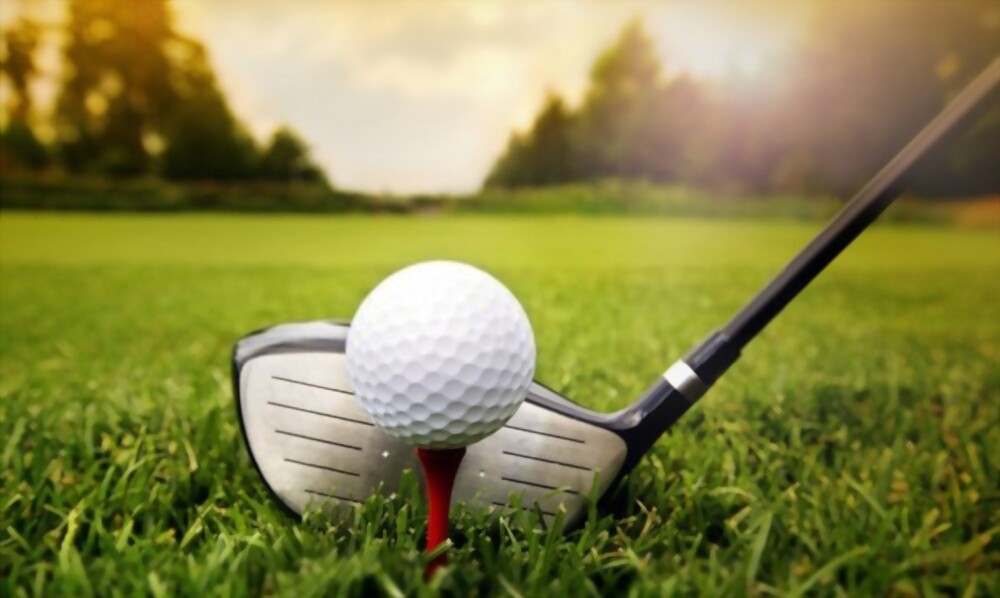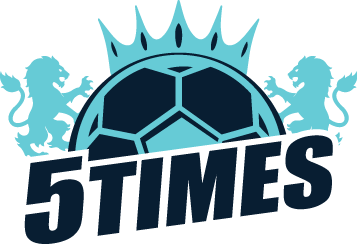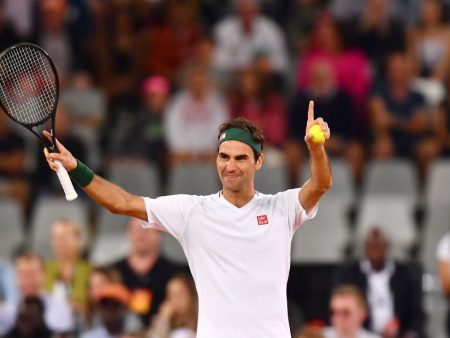
The United States Golf Association (USGA) and The Royal & Ancient Golf Club of St Andrews held a press conference this past Tuesday, with the idea in place proposing a plan that includes a “Model Local Rule” that, if accepted by tours and championships, would essentially mean rolling back the golf ball and introducing bifurcation, or creating separate sets of rules for professionals and top amateurs compared to the rest of the golf world.
Now, you ask, how would the suggestion alter the current golf rules?
Apparently, current professional golfers hit the ball way too far. They want the shots to be made somewhat shorter.
The USGA is the governing body which can effectively change every ball which is currently used by changing the method it tests golf balls. The USGA has set a limit on how far balls can go under specific circumstances, which is 317 yards – 289 meters – with a three-yard tolerance rule. To change the rules, the balls must be changed also.
Following the new ball testing rules, the sport’s governing bodies would test balls in the future at 127 mph clubhead speed and 2,220 RPMs of spin as the ball setup conditions. To give you a simpler idea of the change in rules, the current control ball testing setup circumstances are 120 mph (plus or minus a half mph) and 2,520 RPMs (plus or minus 120 RPMs).
The suggested clubhead speed of 127 mph is 12.1 mph faster than the typical PGA Tour clubhead speed. Manufacturers of equipment would have to start again to design a new ball that complies with the new testing requirements as a result of the shift.
Why is it thought that professional golfers shoot too far right now?
Over time, there have been significant changes in how professionals have played on the courses. The courses must also be lengthened to keep up with the long drives made by professionals, or else the game will drastically change. More water, more upkeep, and more money are needed for longer courses. The organisations that oversee golf don’t want courses to have to keep growing; instead, they want them to use fewer resources and be more cost-efficient.
So, to whom does this rule apply?
The rule change will only apply to competitors in “elite competitions,” Amateur golfers shouldn’t worry about striking the ball even shorter than they currently do.
What does “elite competitions” actually mean?
The USGA/R&A hopes that after gathering more feedback on the new rules in the future, every pro tournament will embrace the new change. However, because it is intended to be an “optional” regulation, it may not be applied strictly to all events. In the USGA’s ideal world, they’d want the PGA Tour to use only the new balls, along with the DP World Tour. USGA head Mike Whan mentioned that they also want the NCAA to use the ball.
Would amateur golfers be subjected to this new rule or only professionals?
The fact that everyone uses the same equipment and regulations when playing golf is one of the coolest parts of this sport. The pros essentially play with the same equipment and by the same rules as amateurs. This would, however, change with the new rule about the balls coming in.
So why not adjust the rules to apply to everyone, then?
The governing bodies thought it wouldn’t be in the amateurs’ interest if they were suddenly going to hit the ball shorter after hearing criticism from golfers. After all, golf as a sport is challenging enough, and let’s not even get started on how challenging entry into the sport is. Therefore, they chose that the rules will remain unchanged for amateurs.










